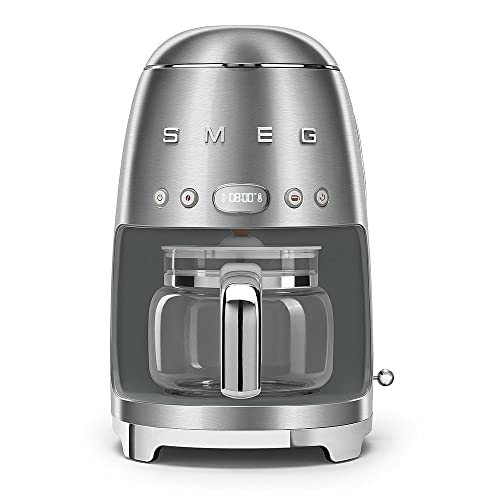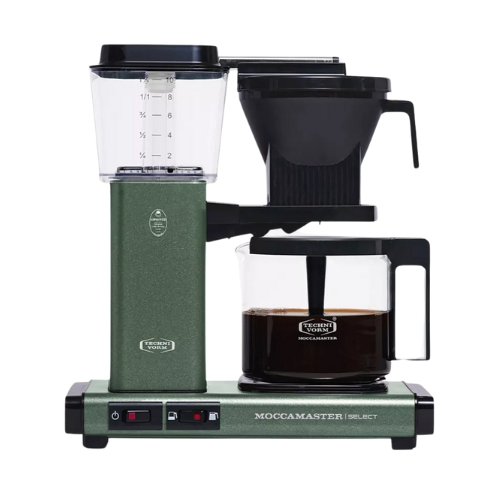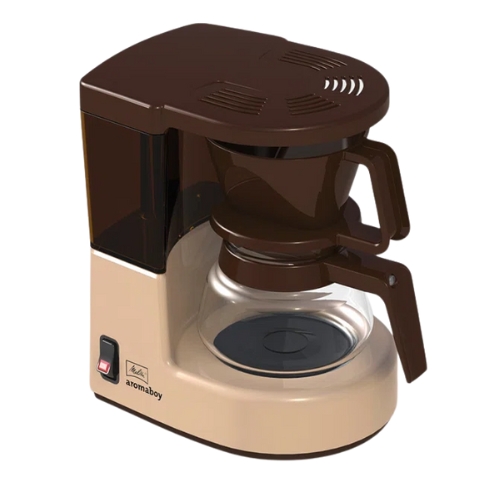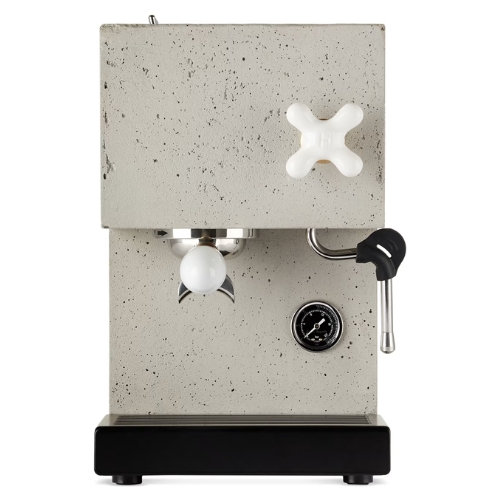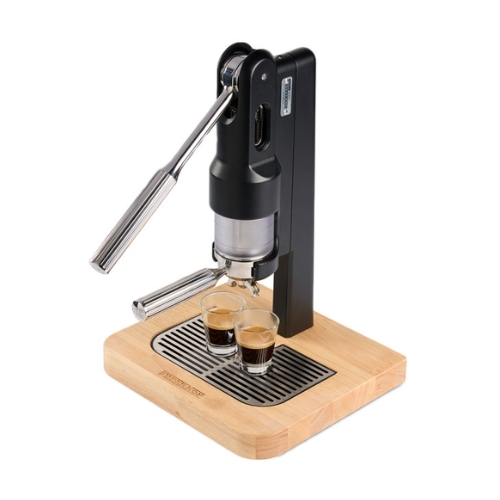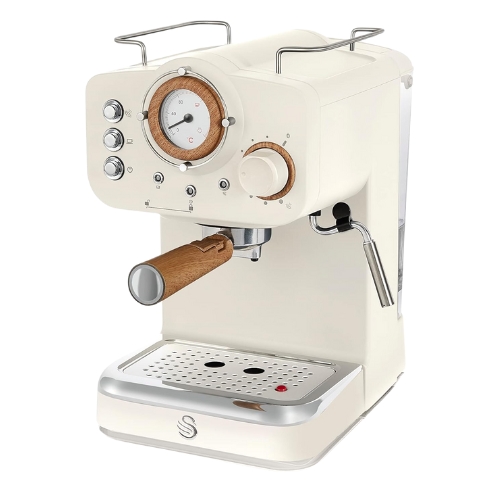Tossing Up Between a Coffee Maker vs an Espresso Machine, but Not Actually Sure What the Difference Is? Here's a Beginner's Guide
There's more to it than just a name — we asked coffee experts to explain each machine, and what it's best for, so you can brew with confidence
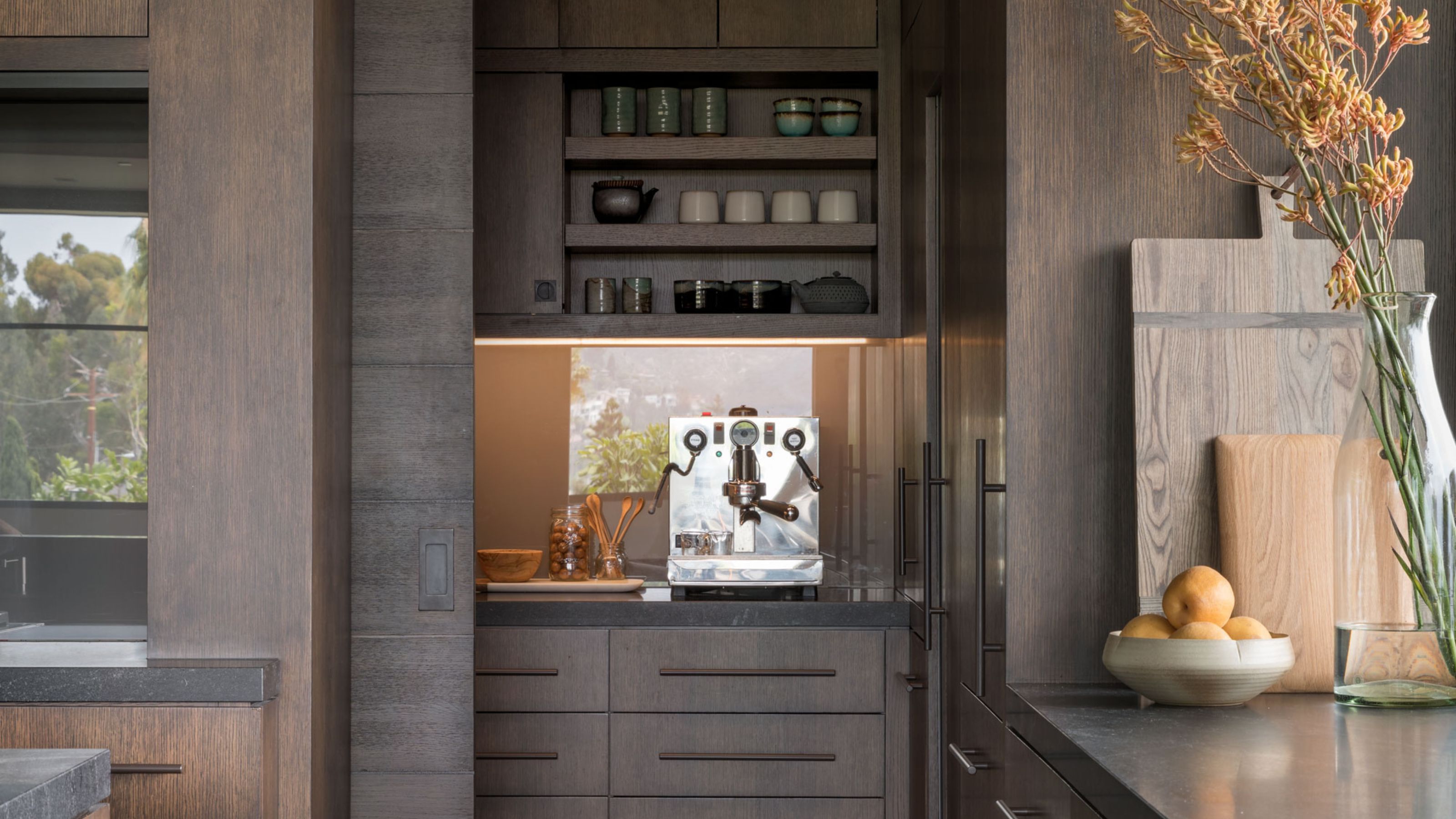

As a borderline-addicted coffee consumer, and someone who has worked in more than a few cafes over the years, I've noticed one clear divide when it comes to coffee drinkers: those who prefer drip coffee, and those who swear by their lattes and flat whites. Why is that relevant? Well, it determines what you should buy: an espresso machine or coffee maker.
Didn't know there was a difference? You're not alone. To put it simply, the main distinction between the two machines is their extraction method. A traditional drip or filter machine brews using gravity to pull the water through the ground coffee beans. It's a slower process that results in a large pot of coffee.
On the other hand, espresso machines use pressure to force the water through the coffee at a much faster rate. In around 23 to 28 seconds, you'll have the perfect espresso shot. To dig a bit deeper and help you decide on whether to go for one of the best espresso machines or one of the best drip coffee makers, I spoke to the experts in the field. Here's what they had to say.
What Is a Coffee Maker?
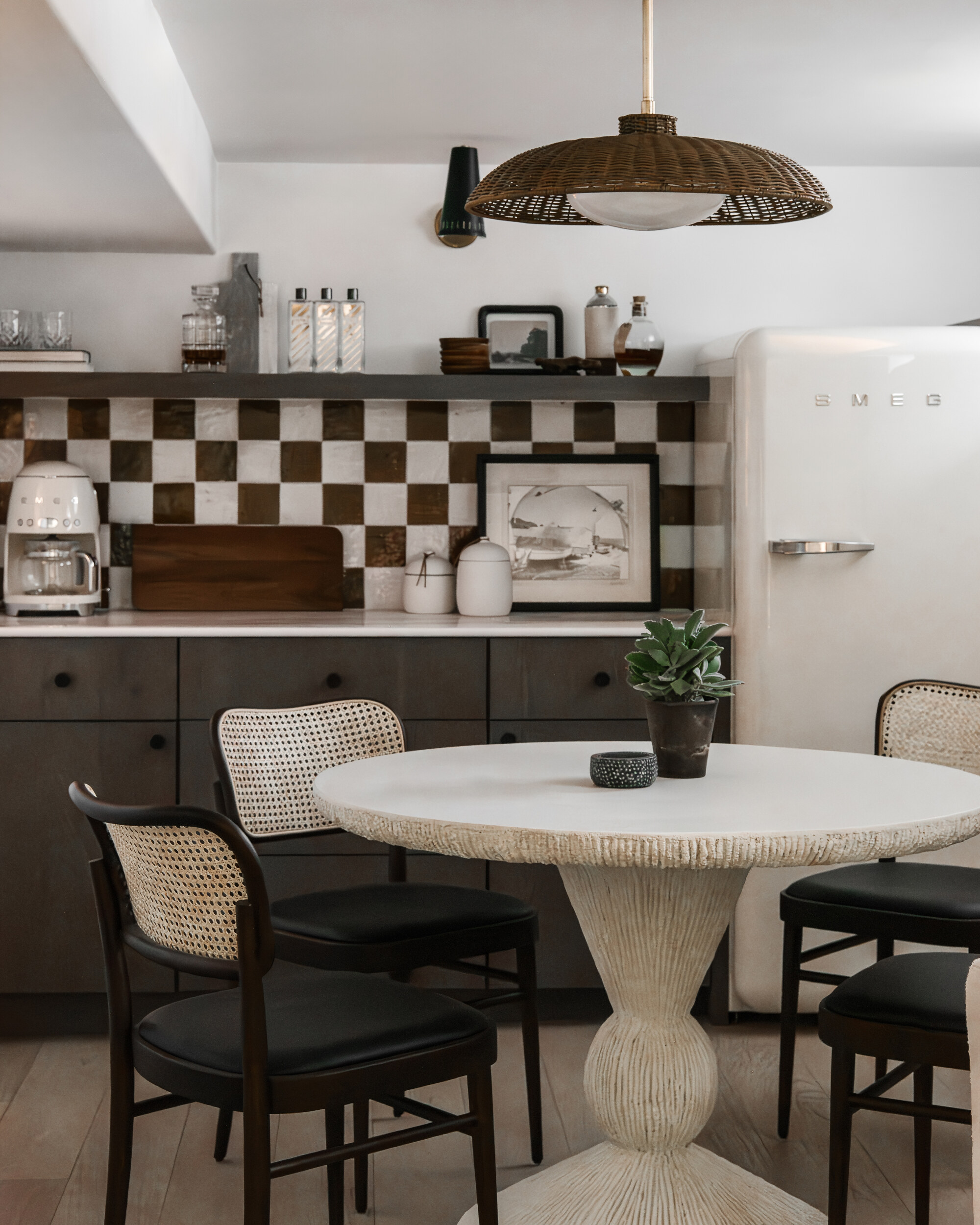
A Smeg filter coffee maker (available at Wayfair) looks right at home in this sleek, slightly retro-style kitchen.
Although modern machines often blur between the two, when someone refers to a 'coffee machine,' they typically mean drip coffee (think of the American diner-style brewers).
These machines are best for the people who enjoy an easy cup of coffee in the morning, and the sort of people who want to be able to refill their mug as soon as the first cup runs out.
This relaxed nature is akin to how the coffee in a drip pot is made. "A filter coffee machine uses a gravity-led design to slowly drip hot water through coarse ground coffee over a longer period of time, resulting in a longer, lighter-bodied cup," explains Chloe Davis, coffee expert at London-based Extract Coffee Roasters.
The size of the coffee grounds is also larger and less fine than that of espresso, meaning there is more space for the water to flow through, resulting in a less saturated brew, but just as much flavor. The brewing process usually takes several minutes. Coffee volumes will vary, but typically are around 6-14 oz for single serve and 5-12 cups for carafe style coffee makers.
The Livingetc newsletters are your inside source for what’s shaping interiors now - and what’s next. Discover trend forecasts, smart style ideas, and curated shopping inspiration that brings design to life. Subscribe today and stay ahead of the curve.
Drip coffee tends to be cleaner and more nuanced with subtle flavors. "Use a coffee maker when you want multiple cups of smooth, mellow coffee — ideal for sipping or sharing," explains Gina Cordoba, founder of Charleston-based specialty coffee brand, Summit Grounds.
When looking for drip coffee makers, you want something that is easy to use and that maximizes flavor (and bonus points if it scores on style as well — this is Livingetc, after all).
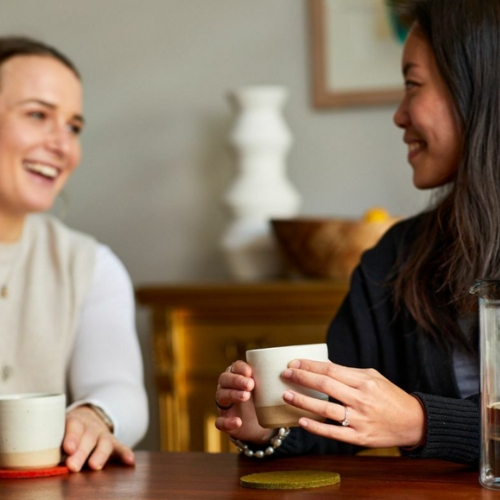
Chloe Davis is a coffee expert and works on the marketing team at London-based coffee roasting company, Extract Brewers. Extract Coffee Roaster was founded in 2007 and works with global farmers to source the best coffee with sustainability at the forefront of their work. They are currently offering 20% off their coffee with the discount code, LIVINGFORCOFFEE.
Gina Cordoba is the founder of Summit Grounds, a specialty coffee brand focused on direct trade, sustainability, and education. She is a coffee importer from Colombia and a trained barista with hands-on experience in both espresso extraction and manual brewing methods.
What Is An Espresso Machine?
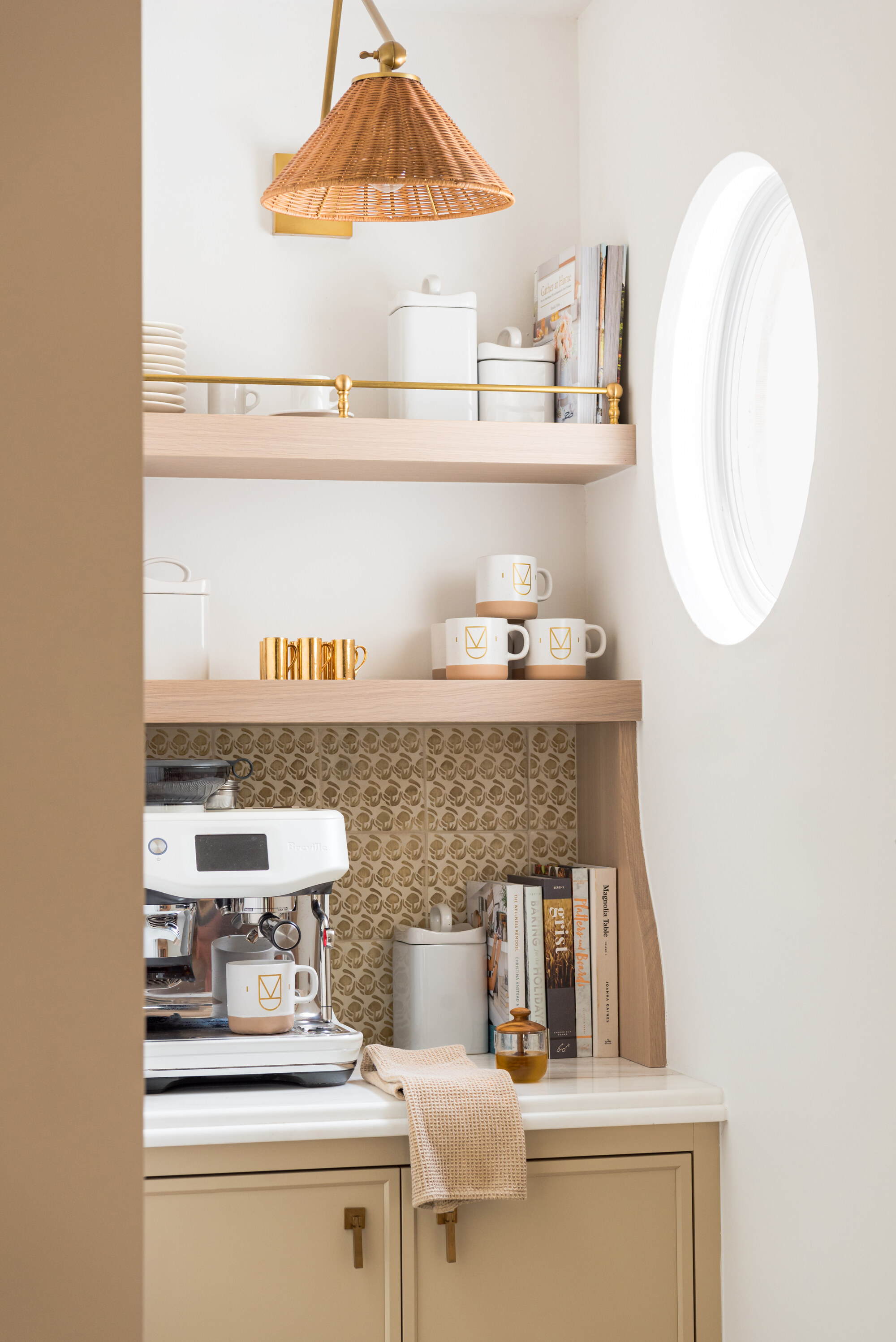
An espresso machine makes the perfect addition to any coffee bar setup.
Conversely, an espresso machine is for the purists and the perfectionists. Those who wake up with enough time on their hands to craft a latte complete with coffee art and a sprinkle of chocolate.
Espresso machines are typically much bigger than a coffee maker and come with a group head (the part where all the magic happens), a portafilter (the handle-like part that holds the grounds), and a steam wand for frothing the milk. Espresso is intense, rich, and full-bodied.
To start, espresso has a much finer grind size, "similar to caster sugar, which allows for more resistance against the water to create the high-pressure extraction," says Chloe. As for the brewing process, this is where the perfectionist mindset comes in.
Depending on your machine, you will want to fill your portafiller with a certain weight in coffee grounds, then stamp it down to maximize the density. From there, espresso makers heat water and then run it through a pressurized system using a pump. This pressure allows the heated water to quickly saturate fine espresso grounds, producing a concentrated 1-2oz shot of coffee in less than 30 seconds.
Heather Perry, CEO of California-based Klatch Coffee, says, "Great espresso is wonderful, but not necessarily convenient. You need to have access to a more expensive machine, a good grinder, and be willing to 'dial in' the specific beans you’re preparing to get the best results."
Owning an espresso machine takes a level of dedication, which, if you're willing to commit, is totally worth the investment.
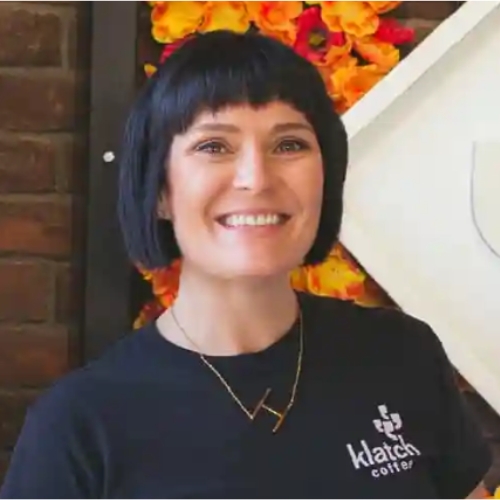
Heather Perry is the CEO of a family-owned coffee company based in Southern California, Klatch Coffee. Heather is a two-time US barista champion, former President of the Specialty Coffee Association, and a true expert in the coffee space. Klatch Coffee sources, roasts, and brews its own coffee and applies its scientific method to accomplish a taste best described with expletives and exclamations.
Which One Should You Buy: Coffee Maker or Espresso Machine?
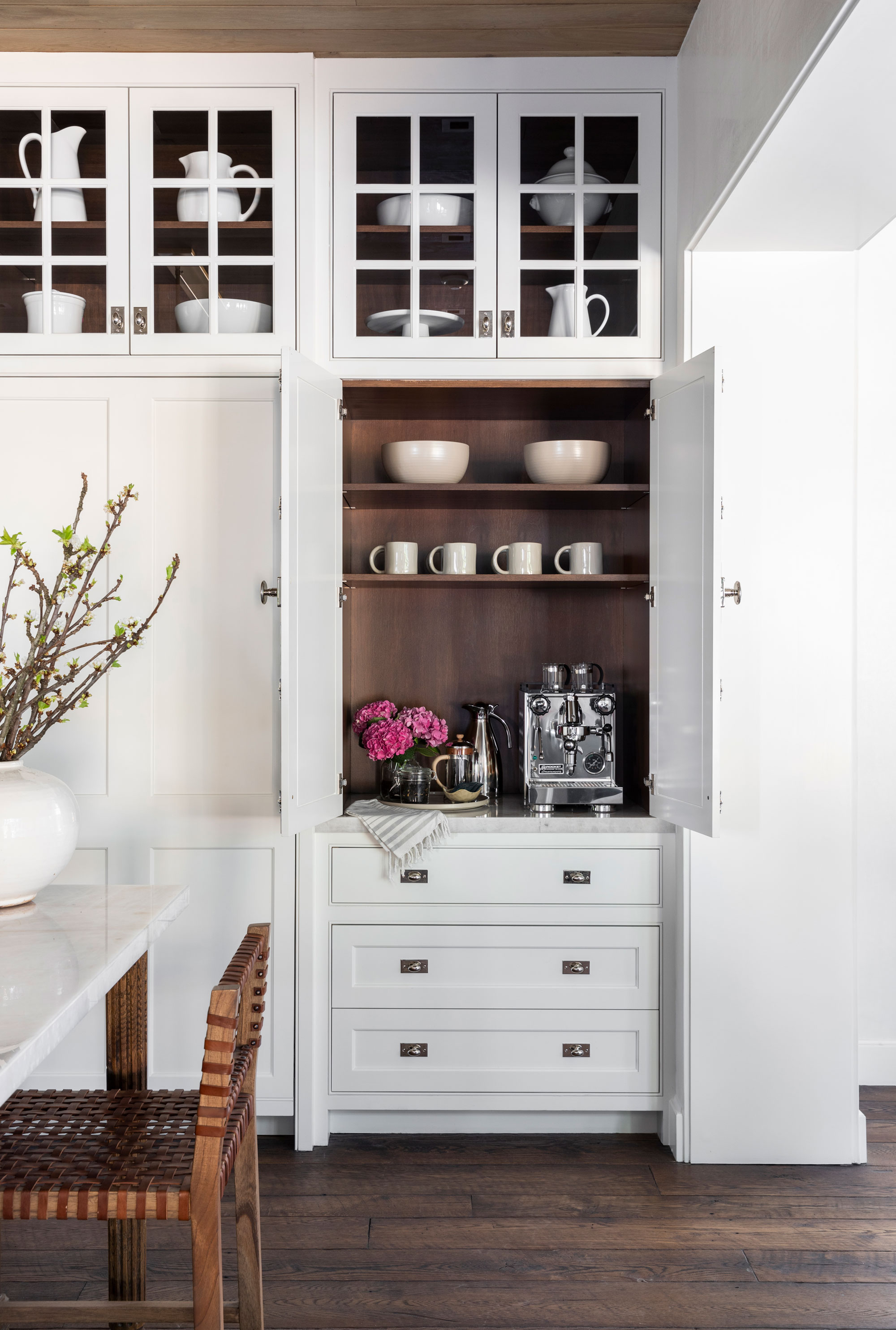
Knowing which machine works best for the style of coffee you like is an essential ingredient to creating the perfect coffee bar setup at home.
The biggest deciding factor when choosing either a coffee maker or espresso machine is your taste preference. Tyler Pawlak, co-founder of Colorado-based Blended Bean Coffee, says, "It’s not a perfect parallel, but you could look at espresso vs drip coffee as similar to brandy vs wine. A pour of brandy and a glass of wine, while both are made from grapes, they each have their own unique profiles and applications. Which one you select is largely dependent on what you need to use it for."
Using an espresso machine will allow you to create espresso-based drinks, while a drip coffee machine will be your best choice for casual sipping. Drip coffee makers tend to be less expensive and better suited for kitchens with limited counter space, but if you're after the true home cafe experience, an espresso machines are the way to go.
"If you're a coffee enthusiast or have a household with different preferences, it’s worth having both," notes Gina. "If I had to recommend just one, I’d go for a high-quality manual espresso machine or a hybrid machine that does both well — it offers more versatility in a small space."
If you have the space, an espresso machine is a luxury, but it is also more of a complement than a must-have. Whereas a drip coffee machine, or even something smaller like a French press or single-use machine, is the perfect base to satisfy your coffee needs.
Tyler Pawlak is the co-founder of Colorado-based coffee company, Blended Bean Coffee. With backgrounds in the alcohol industry, Tyler and his partner spent years studying flavors, balance, and the art of blending. Their love of mixology and recipe development has given them a deep understanding of how flavors work together, and they bring that same passion into coffee. Blended Bean is a member of 1% for the Planet, a sustainability initiative.
FAQs
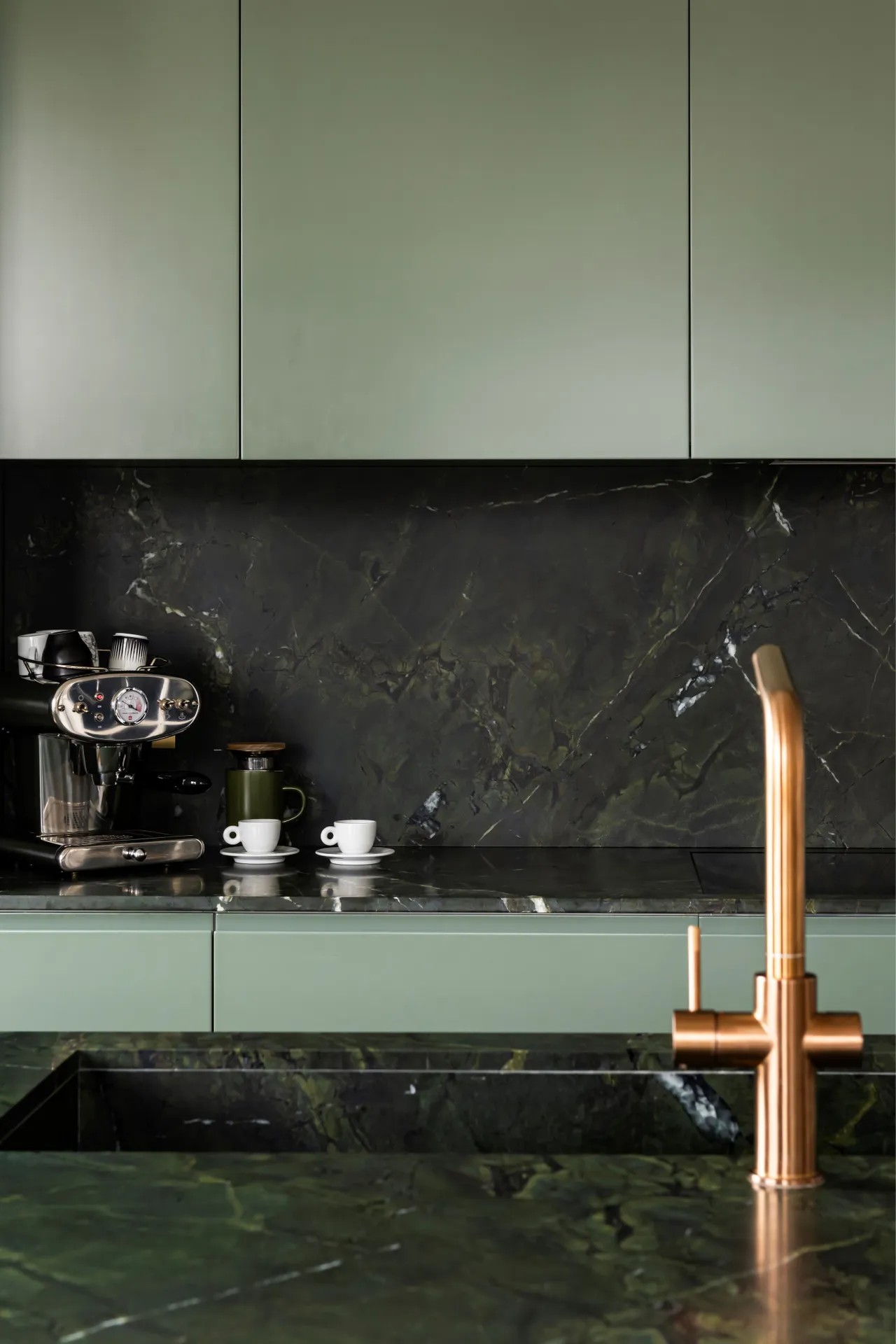
These days, a stylish espresso machine is a must-have on any kitchen counter.
How Do Espresso Machines and Coffee Makers Differ in Taste?
To a well-trained coffee drinker, there is a big difference in taste profile when it comes to drip coffee (from a coffee maker), and an espresso shot.
Chloe says, "Espresso is a more syrupy and concentrated flavor, with much richer notes. Espresso is often roasted slightly darker to suit the brew method, which also impacts the flavour. You tend to see tasting notes similar to chocolate, nuts, and caramel." Filter coffee, on the other hand, allows for more of the delicate, subtle flavors to be exposed, and, "We start to see tasting notes that are more floral, fruity, and tea-like," says Chloe.
"The grind selected, the amount of time the grounds are in contact with the water, the water quality, and the brewing method itself all contribute to the wonderful variety you can experience in a cup," adds Heather.
While you may be using a bean with similar tasting notes across the two machines, drip coffee often has a much milder flavor that is stretched across the cup. Whereas, espresso concentrates all of that flavor into a much more intense and bold experience.
Do You Need a Different Grind Size for Espresso Machines vs Coffee Makers?
In short: yes. From a comparison standpoint, drip coffee uses a larger grind size, and coffee ground for use in an espresso machine should be much finer.
Getting the grind right is also key to getting a great flavor and aroma, not just for espresso, but for any brewing method. "For the best espresso results, you should grind immediately before use, which means that home espresso machines and a good burr grinder often go hand in hand," says Heather.
If you're planning on buying an espresso machine, Tyler recommends you buy a dedicated grinder, as well, "because there is not only a difference in the grind size between drip coffee and espresso, but a smaller margin for error with espresso."
So, now you (hopefully) have a better idea around what kind of coffee machine you want to buy. Next up, it's time to look at the best coffee bar ideas to style in your space, no matter the size.
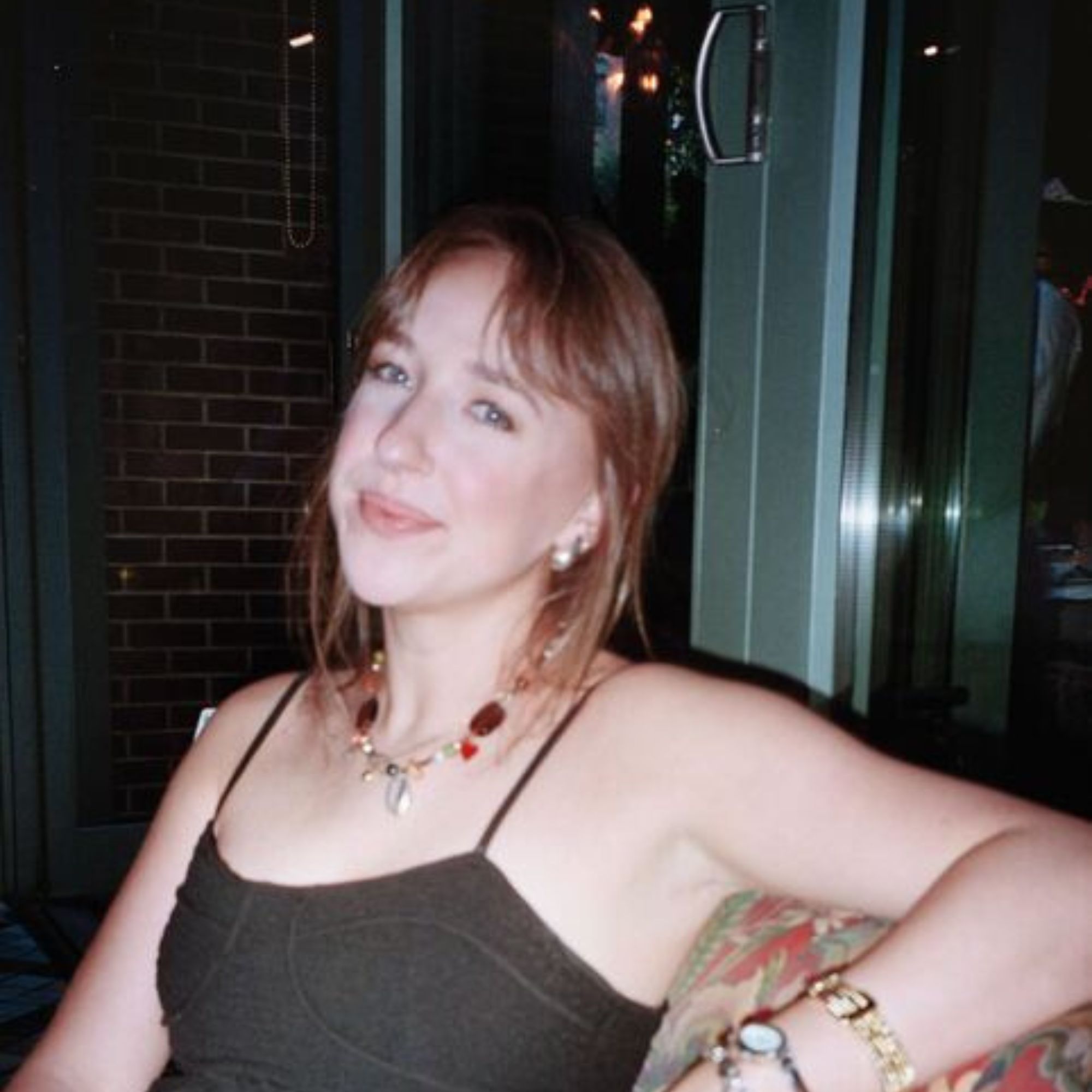
Olivia Wolfe is a Design Writer at Livingetc. She recently graduated from University of the Arts London, London College of Communication with a Masters Degree in Arts and Lifestyle Journalism. In her previous experience, she has worked with multiple multimedia publications in both London and the United States covering a range of culture-related topics, with an expertise in art and design. At the weekends she can be found working on her oil paintings, reading, or antique shopping at one of London's many vintage markets.
